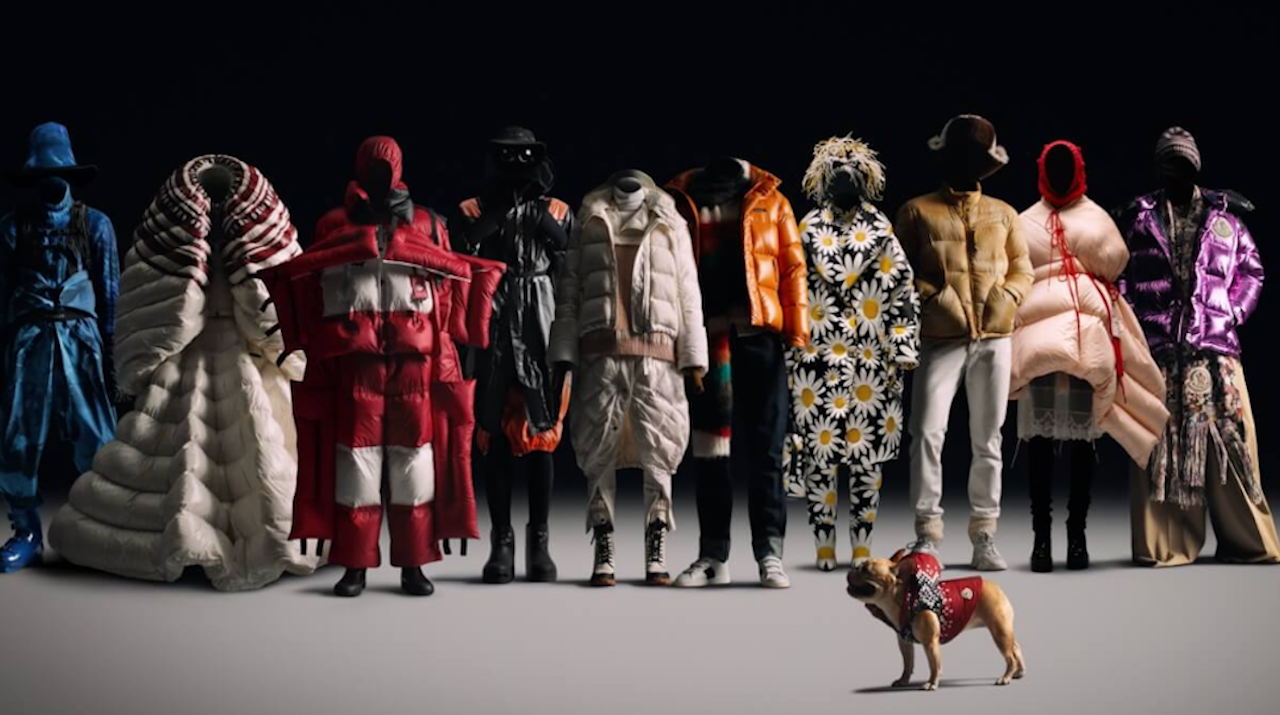- The idea of investing in a well-priced winter jacket is becoming a norm among young millennial consumers who are increasingly more focused on brands that offer a combination of fashion and functionality. This has been encouraged in part by Beijing’s hosting of the 2022 Winter Olympics.
- The market is split between dominant local players such as Bosideng, innovative luxury trendsetters like Moncler and international disruptors new in the space such as Nivose and Mackage. Bosideng, in particular, is an interesting case as they attempt to rebrand and thus create greater distance between lower and higher-priced offerings.
- Given the unflattering nature of many products, brands that offer styles to cater to the Asian figure may hold the advantage. Canadian brand Mackage’s “skinny face jacket” (with a sliming ‘V’ collar) is faring particularly well among netizens. In 2019, the brand opened several flagship stores in Hong Kong and mainland China in order to roll out its flattering designs.
“My research into what puffer jacket I want to buy started long before winter,” Qing Lin laughs, while showing me the styles she has saved on multiple e-commerce apps. Lin works at a junior-level as part of a large advertising agency. To brace for a “hard winter in Beijing”, this year she sought out various offers on the internet. She has put aside about $1442 (10,000 RMB) for her winter jacket, a number that’s almost half of her monthly salary. “I want to balance fashion and price,” she explains. Eventually, she found her chosen style on the Taobao platform, but in the past has also looked on Farfetch and Tmall for similar styles with good quality.
Selling Puffer jackets is a big business in China. CBNData predicts that the market size of China’s winter jacket business will grow to nearly $20 billion (138.2 billion yuan) in 2020. Several macro and micro trends are fueling behind such growth. For one, winter sports are increasingly promoted by the government as Beijing welcomes the 2022 Winter Olympics.
The idea of investing in a winter jacket is becoming a norm among younger consumers like Lin who are more focused on fashionable functionality. And, due to the entry of many high-end brands like Moncler and Canada Goose, consumers’ expectation around value for money has increased. Capitalizing on these trends, this year saw several smaller players have entered the Chinese market. Below Jing Daily overviews different existing players.
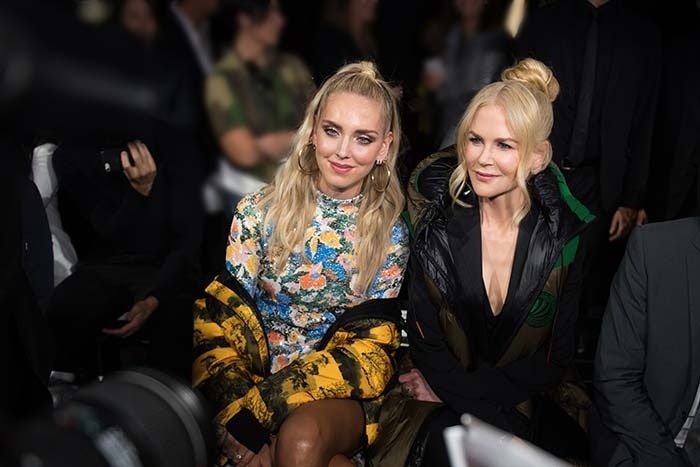
Bosideng - The Transforming Local Dominator#
Bosideng is a household name for winter jackets in China and primarily targets the mass market. The Chief Financial Officer of Bosideng stated that the brand is confident it will take “20-30% of the market share” on a conference call at the end of 2019 - amid increasing competition from overseas high-end fashion labels tapping the trend. Yet, owning a large market share at accessible pricing slows it down from reinventing itself to a high-end brand.
The brand has tried to climb the high fashion hierarchy through associations with western influencers. For example, it hosted a fashion show at both Milan and New York Fashion Week and invited A-listed Hollywood celebrities like Nicole Kidman, and Anne Hathaway to the front row; it also chose the legendary designer Jean Paul Gaultier for a guest collaboration. While events like these may draw attention from the fashion insiders they resonated little with the mainstream consumers online.
In another attempt to rebrand, prices have gone up: Bosideng launched a new mountain climbing collection in the winter of 2019 - with equally sky-high prices. The seven winter jackets in the collection were named after seven top mountains, with pricing starting from 5,800 yuan to 11,800 yuan (roughly $830-$1,700). This price hike was felt online as netizens joked they can no longer afford this homegrown brand.
Such online reactions speak to the obstacles this Chinese player is facing. But this hasn’t stopped the brand from adjusting its product portfolio. According to research from the Chinese investment firm Sinolink Securities Co, from 2017 to 2018, the share of higher-end Bosideng products (price ranging from 1,000 to 1,800 RMB) increased from 48% to 64%, while the share of lower-end products (below RMB 1,000) decreased from 48% to 13%. Bosideng's future focus on mid-to-high-end positioning is consistent with the development of this trend in the industry, but whether it can lead the high-end transformation of local brands is yet unclear.
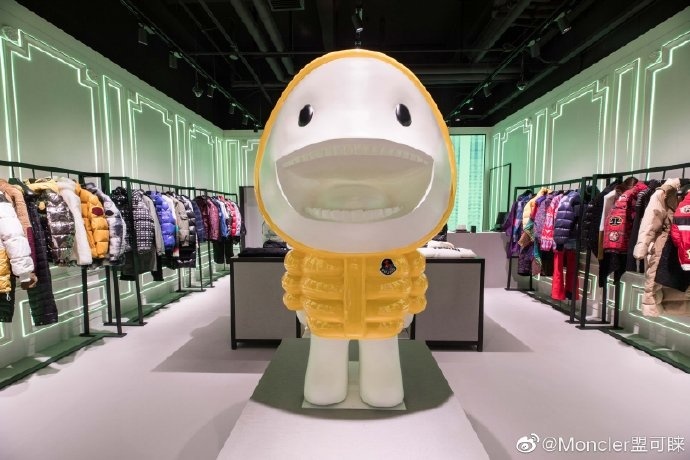
Moncler - The Non-stop Trendsetter#
Contrary to Bosideng’s struggle with transformation, Moncler disrupted the seasonal formula with its Genius strategy and completely revolutionized its business. It is now a much-hyped winter-wear jacket brand with increased desirability among young millennials in China.
The “Genius” strategy was announced in February 2018; it speeds up production by dropping new collections every month instead of twice a year. For these collections, eight superstar creatives signed on to work with Moncler, the first of which was Japanese streetwear king Hiroshi Fujiwara. This strategy is more than just a ploy to shake up the winter wear company’s predictable seasonal sales pattern: Moncler uses exclusive designs and limited sales periods to help encourage consumers into buying winter jackets - at any time and anywhere.
Will this hype sustain itself? Moncler answered these questions with consistent sales consistent growth in the Asia region, particularly in China. In the first 9 months of 2019 and Q3, Asia recorded a 15% growth. China mainland is one of the strongest performers in the quarter, showing strong double-digit growth driven by organic retail growth. Hong Kong has been the worst-performing market in China and has experienced a double-digit decline since August - an indicator for many other brands.
Looking to the future, the brand is seeking to prioritize the China market by expanding the size and visibility of stores, mostly in Shanghai and Beijing. Moncler is looking to invest in vital flagship stores and continue to allow consumers to experience the Moncler lifestyle.
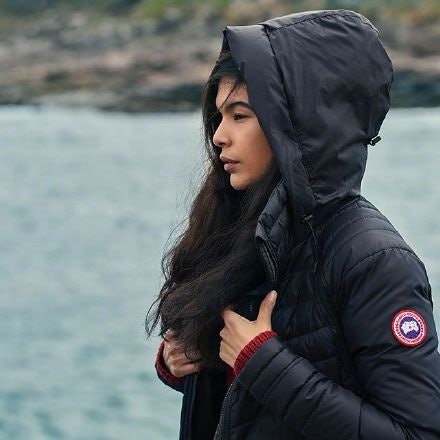
Canada Goose - Will the Fever Calm Down?#
Despite a boycott at the end of 2018, after the Canadian government arrested Huawei executive at the request of the U.S. government, Canada’s expensive winter parka’s Canada Goose experienced a little slowdown. This winter, at high-end retail in Beijing like China World Tower and SKP, lines of people queued up to try on the jackets.
Interestingly, in China a brand's origin appears to be less important for consumers - this has contributed to the lessening boycott effect on Canada Goose in China. In a survey by McKinsey & Co., only 45 percent of the 1,000 surveyed consumers thought the Canadian outerwear company Canada Goose came from Canada, while 30 percent thought it came from Europe.
Moreover, as the brand gains a strong foothold in the market, still many complained about the lack of different styles. “Canada Goose has limited styles and it’s very uniform-like,” said Peter Huang, a college student browsing inside of the Canada Goose pop up store at SKP. The parka is easily recognizable and can be a disadvantage for young consumers like Huang who are looking for more innovative styles.
In addition, animal rights organizations have questioned the company over its use of coyote fur trim on the hoods of their coats. Despite the brand’s clarification of ethical usage, this can be a turn-off for young consumers who favor purpose-driven brands. Will the Canada Goose fever calm down because of those reasons? It may well be that the battlefield for winter wear dominance turns fierce.
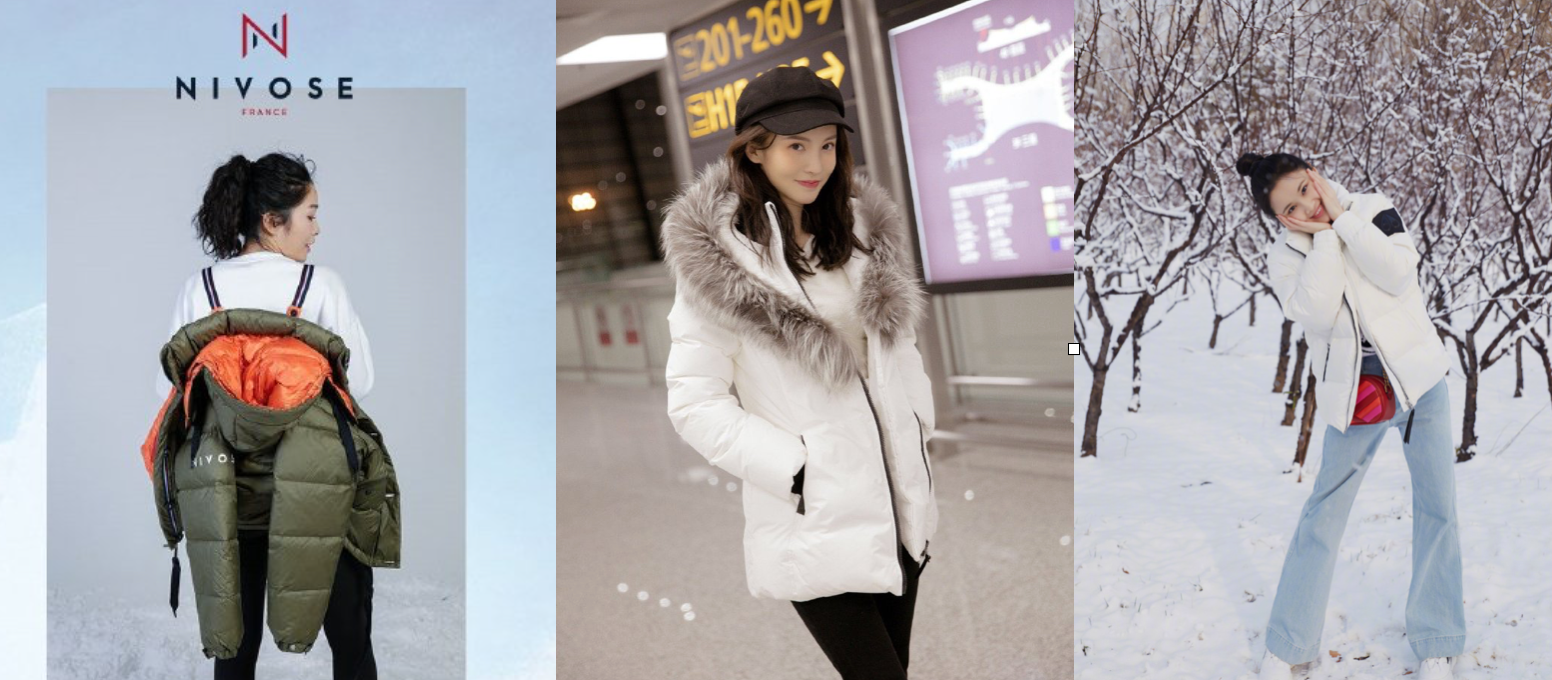
New Players - Nivose, Moose Knuckles and Mackage#
As young consumers seek out fashion and style, it has fueled the arrival of a number of newcomers aiming to split the market share. French brand Nivose is well aware of the competitive landscape and where the opportunities lie. “Bosideng and Moncler are clearly both extremities of the spectrum and we believe that there is room for goods brands with genuine quality products to make their mark,” said Frederic Guiral, CEO of Nvoise. The brand sees China as the domineering market where it “can create an ultimate O2O experience and push new retail to the full extent.”
Whilst Canadian brand Moose Knuckles emphasizes fashionable style (a streetwear look and feel), it has established decent consumer awareness - referred to as “little scissors” because of its logo. The brand officially entered into China this year with the opening of a store at SKP South and additional built-in marketing initiatives.
Another strong Canadian competitor, Mackage, entered China under a celebrity halo - they accumulated organic likes from celebrities such as Meghan Markle and Gigi Hadid. Now it has been spotted as part of many Chinese celebrities’ airport-looks.
CEO Patrick Elfassy says the brand is offering several value propositions from the existing market players, including craftsmanship, a wide range of products, and an embedded DNA that combines fashion and function. The CEO notes that before the China entry, oversea Chinese shoppers already accounted for 40% of their North American sales; indeed, a major attraction for Chinese consumers is the close-cut design that emphasizes the body. This fashion-meets-function style fits the Asian beauty aesthetic particularly well and has already been dubbed as the “skinny face jacket” by netizens. In 2019, the brand opened three stores in Hong Kong and mainland China and will further expand in 2020.
“Outerwear is becoming an ‘it’ item for everyone. The coat on the outside is becoming a big statement,” Elfassy points out, adding that he is confident about the future of the brand in China even amid fierce competition. “We have been waiting for so many years for the right time. Now we have the right strategy, the right partner, the right cities, and are making sure we have the right product offerings for this market.”
As we look to the future, the Chinese younger generation is challenging traditional and conservative winter jacket businesses to evolve. Whether established players or newcomers, brands must constantly revamp to guarantee strong seasonable business and represent themselves uniquely amidst the increasingly premium market in China.
